Zîrkænian
industry is about 60% state-controlled and
operated. 20% is private owned and the remaining
20% is owned by foreign cooperations. The RPZ has
a big state-owned steel industry, mainly
concentrated around the coastal city of Port
Zîrkæ. Other important industries are the
chemical industry and the oil refining industry.
Of the foreign industries one of the most
important is Winnie Cola, which opened a
completely new factory in Komsomol in 1508 for
further expansion of their soft drinks imperium.
Most of the heavy industry is situated in the
coastal regions and the port cities.
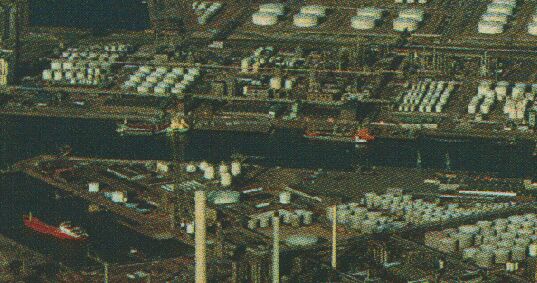 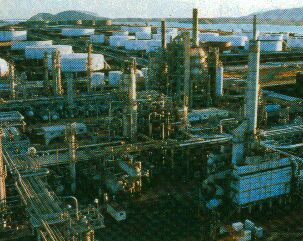 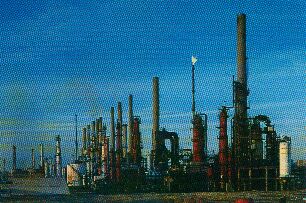
Komsomol doesn't
have a lot of heavy industry. In Komsomol the
printing industry and the pharmaceutical industry
are very important. Other than that, Komsomol has
more services and institutes. Foreign companies
who are interested in being on the Zîrkænian
market, should contact the Ministry of Industry,
Mæçtürfelt 24, 20133 HY, Komsomol. The
agricultural industry, the processing of
agricultural products and meat, is mainly
concentrated around Komsomol. There, the finest
quality meat and wool from the Mîrson Republic
is processed.
The
Zîrkænian railway system
Zîrkænian
infrastructure went through a rapid developement
during the last 20 years. All cities of
importance have been linked to the Inter-City
Highway System, and railroads make it possible to
cross the country in a day. The State Railways
are most important to the Republic. Zîrkænians
prefer the train over the car when traveling at
long distances, for speed, but also for more
comfort. 45% of the Zîrkænians use the train
for home-work traffic. This means a lot of
trains, departing shortly one after the other.
Recently, the entire Railway control system has
been computerised for more safety and efficiency.
The state operated NMZ (Nâzônæl Metâlbæn
Zîrkæ) has a monopoly on running trains in
Zîrkæ. The material is mostly modern and fast.
90% of the track network is electrified. Goods
are carried by a daughter of the NMZ, the MNTV
(Mætçgâpÿ Nâzônæl Trânçportæ Vrâgt),
which is also state owned and -operated.
Below, some trains
used by the NMZ:

NMZ-TT. This
type of train is used for long-distance and
international services. Also used as semi-fast
train. Maximum speed: 160 km/h.

NMZ-LI. Used for
long-distance services, international trains and
heavy goods transport. Maximum speed: 170 km/h.
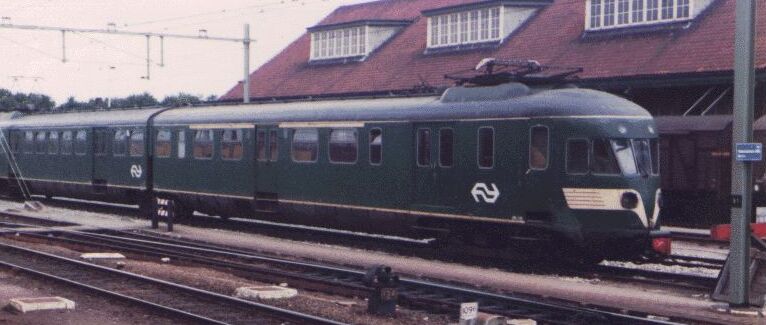
NMZ-TR. Used for
local stopping services and as part of the
Inner-City Komsomol Rail System (KIÇRÇ).
Maximum speed 130 km/h on free track, 100 km/h
within the city.
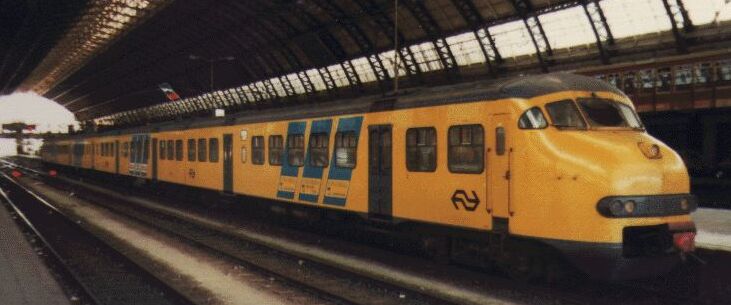
NMZ-TU. Used in
local and semi-fast services. Maximum speed 130
km/h.

NMZ-TU Plân T.

NMZ-TU Plân V.
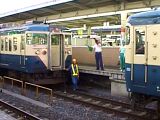 
Left: Two trains
of the KIÇRÇ. Right: Express Pîrîçbûg -
Rît.
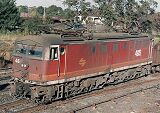 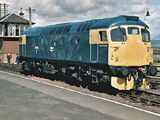 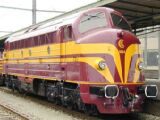
Three
locomotives used within MNTV - the goods section
of the NMZ.
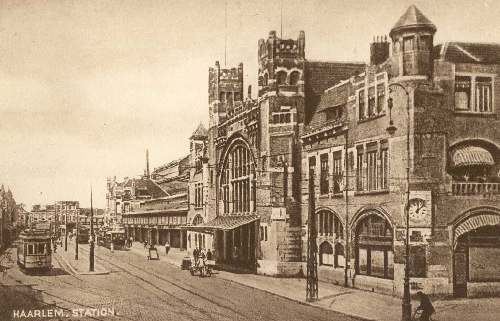
Komsomol Central
Station as it still stands. In the lower left
corner can be read "Haarlem, station".
When this picture was taken, around sixty years
ago, this wasn't Komsomol Central Station, but
"Komsomol Hærlêmsü Bæn". Hærlêm
is the name of the part of the city from Z.H.
Mârnö Park to the Blekürçvært. The
Hærlêmsü Bæn was a broad avenue beloved by
the people of Komsomol because it was an exellent
place for a walk. Later, this station was built
in it to reduce costs; no demolition, no
ground-preparation works... The old Komsomol
Central Station was directly at the northern
çîngül (canal at the outer boundaries of the
city, serving as fortification), but was
destroyed during a fire. The Hærlêmsü Bæn
station then received Central Station status
which it still holds.
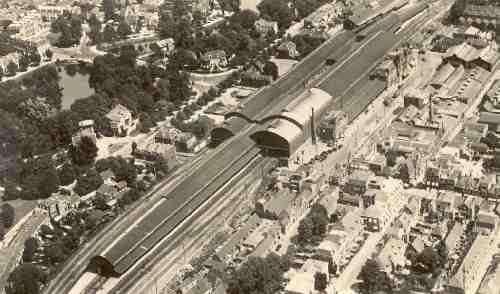
A look down on
the Komsomol Central Station, at about the same
time the picture above was taken. When the
station platforms were extended and the station
enlarged ten years later, the buildings directly
in front of the station were demolished, and the
current Station Square was designed.
[TOP]
|

 INDUSTRY
INDUSTRY


 INDUSTRY
INDUSTRY
